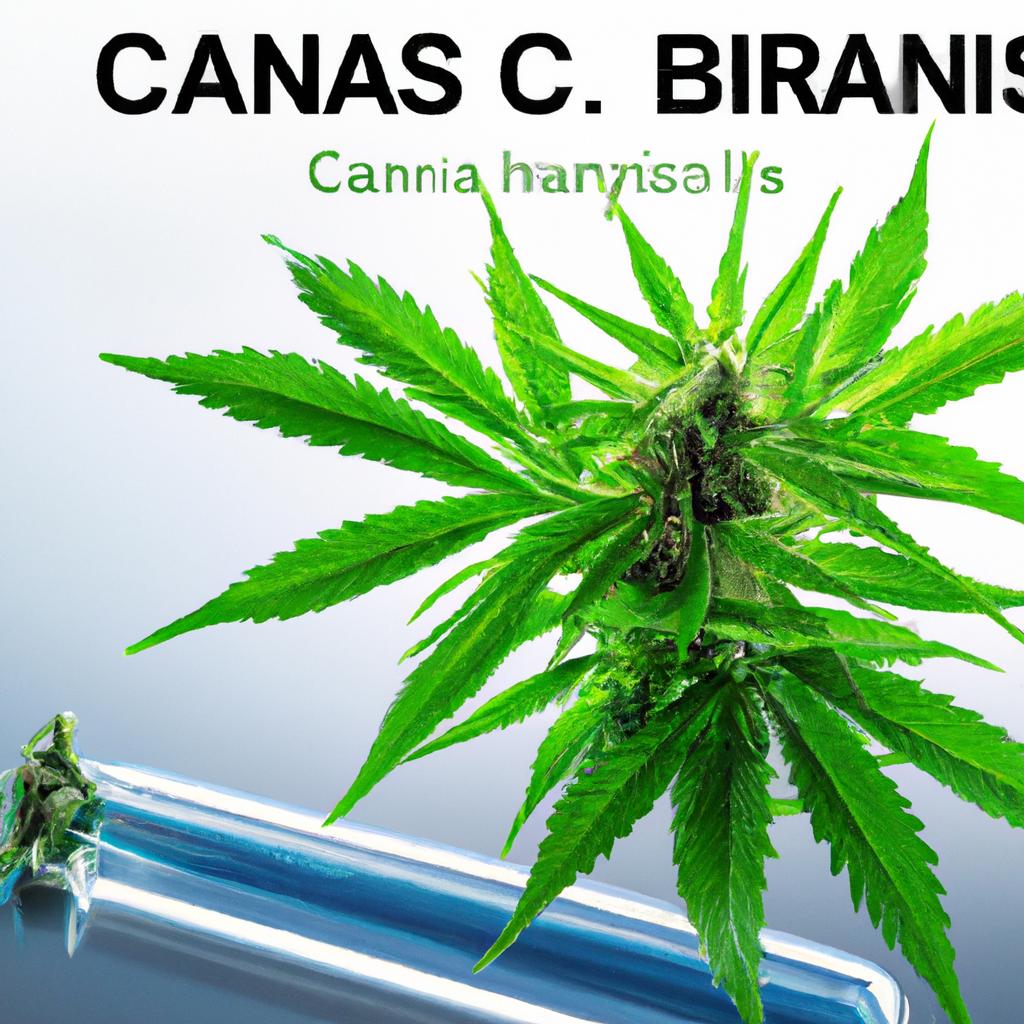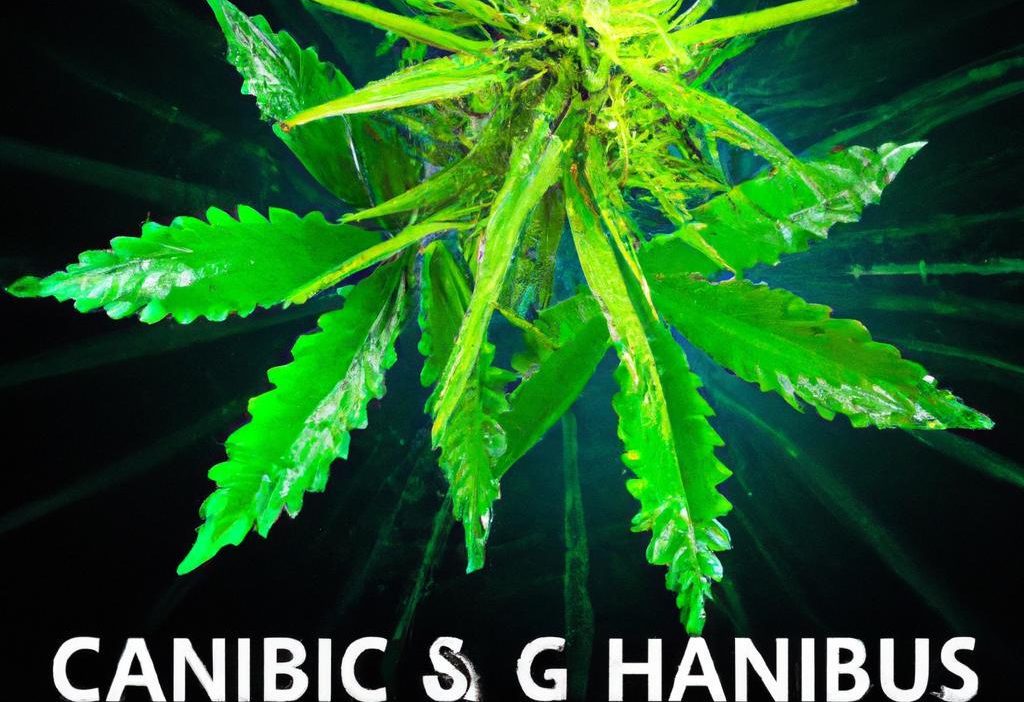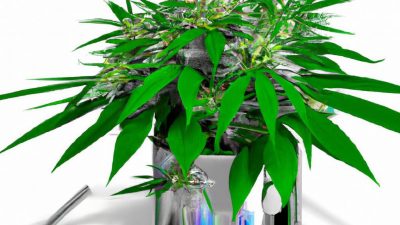
GC vs HPLC for Cannabis: Pros and Cons
In the rapidly evolving world of cannabis science and technology, accurate chemical analysis of cannabis products is crucial. Whether for compliance, quality control, or research, laboratories rely on sophisticated analytical techniques to quantify cannabinoids, terpenes, and contaminants. Two of the most prominent analytical methods in cannabis testing are Gas Chromatography (GC) and High-Performance Liquid Chromatography (HPLC). This article dives deep into the pros and cons of GC vs HPLC for cannabis analysis, highlighting how these technologies fit into the broader scope of cannabis post-processing and the scientific ecosystem.
Understanding Cannabis Processing and Analytical Needs
Cannabis post-processing involves extracting, purifying, and analyzing compounds from the cannabis plant, which is rich in cannabinoids (like THC and CBD), terpenes, and other phytochemicals. Post-processing equipment and analytical instruments are essential for:
- Ensuring product consistency and potency
- Compliance wiht regulatory safety standards
- Detecting impurities or residual solvents
- Enhancing product research and development
Among these tasks, cannabinoid profiling is a critical step and is commonly executed through GC and HPLC technologies. But how do thay differ, and which is better suited for cannabis analysis?
what is Gas Chromatography (GC)?
GC is a method that vaporizes cannabis extracts and separates compounds based on their volatility. It is traditionally used for analyzing volatile compounds such as terpenes and residual solvents.
- Requires heating the sample to vaporize analytes
- Utilizes a chromatographic column and carrier gas
- Detects compounds via flame ionization or mass spectrometry detectors
What is High-Performance Liquid Chromatography (HPLC)?
HPLC involves passing liquid solvents with dissolved cannabis extracts through a chromatographic column to separate compounds. It is widely used for cannabinoid profiling because it can analyze both acidic and neutral cannabinoids without sample heating.
- Works with liquid phase solvents at room temperature
- Separates and quantifies cannabinoids like THCA, THC, CBD, and CBDA
- Commonly paired with UV or diode-array detectors
GC vs HPLC for Cannabis: Pros and Cons
| Aspect | Gas Chromatography (GC) | High-Performance Liquid Chromatography (HPLC) |
|---|---|---|
| Sample Preparation | Requires sample vaporization; heat-sensitive compounds may degrade. | Minimal thermal stress; can analyze raw and processed extracts directly. |
| Analyte Detection | Excellent for volatile compounds like terpenes, residual solvents. | Best for cannabinoids including acidic forms (THCA, CBDA). |
| Accuracy on Acidic Cannabinoids | poor-heat causes decarboxylation, altering measurement. | High-accurate quantification of native cannabinoid forms. |
| Run Time | Usually faster (5-15 minutes per sample). | Slightly longer (10-30 minutes per sample). |
| Cost | Lower initial instrument cost; simpler consumables. | higher instrument and solvent costs, but greater versatility. |
| Ease of Use | Requires precise temperature control and carrier gas handling. | Requires solvent management and regular column maintenance. |
Why HPLC is Often Preferred for Cannabinoid Profiling
because cannabinoid acids like THCA and CBDA are prominent in raw cannabis, HPLC is the go-to tech for labs focused on precise cannabinoid quantification. Unlike GC, HPLC does not heat samples, so it measures acidic and neutral cannabinoids accurately, making it indispensable for evaluating the raw plant and extracts.
When GC is the Better Choice
Labs aiming to analyze volatile components such as terpenes, solvents, and residual chemicals often rely on GC.GC is sensitive and well-established for detecting low molecular weight compounds essential for quality assurance and safety testing.
Integrating Cannabis Technology: Choosing the Right Analytical Equipment
For cannabis producers and testing facilities, understanding the role of each analytical technique in processing equipment workflows is key to optimizing product testing. In many cases, labs integrate both GC and HPLC methods to obtain comprehensive profiles of cannabinoid potency and chemical safety.
Benefits and Practical Tips for Cannabis Testing Labs
- Use HPLC for potency tests: Essential for measuring active cannabinoids without altering them.
- Utilize GC for terpene and solvent analysis: Key to assessing aroma profiles and safety compliance.
- Optimize sample prep: Prevent contamination, and use appropriate solvents depending on the method.
- Maintain equipment regularly: Chromatography instruments require routine calibration for accuracy.
- Train technicians extensively: Skilled operation improves data reliability and reproducibility.
Case Study: Dual-Method Testing in Practice
A mid-sized cannabis lab integrated both GC and HPLC to meet regulatory demands. Using HPLC, they accurately tracked raw flower potency ensuring clients received consistency on THC and CBD levels.Concurrently, GC was deployed for testing terpene profiles and residual solvents post-extraction. This dual approach enhanced client trust, improved product quality, and streamlined compliance reporting.
Conclusion: Which Cannabis Analytical Method Suits You Best?
In the cannabis industry, where product quality and legal compliance are paramount, selecting the right analytical technique is critical. Both Gas Chromatography (GC) and High-Performance Liquid Chromatography (HPLC) have distinct advantages tailored to different analytical goals. HPLC excels at cannabinoid potency profiling without altering sensitive compounds, while GC shines in detecting volatile substances like terpenes and impurities.
by understanding the strengths and limitations of GC vs HPLC, cannabis processors, researchers, and testing labs can implement informed, technology-driven decisions that enhance product quality, safety, and scientific integrity in this exciting, expanding field.
Ready to optimize your cannabis analysis strategy? embrace both GC and HPLC technologies for a robust and compliant cannabis testing lab.





